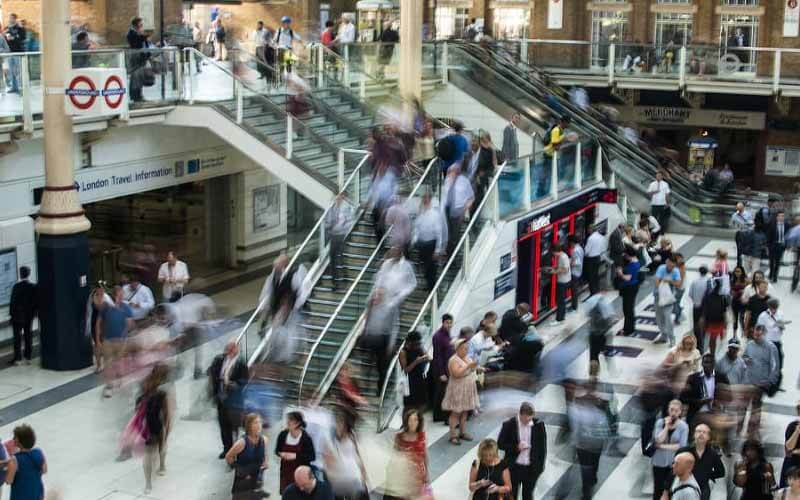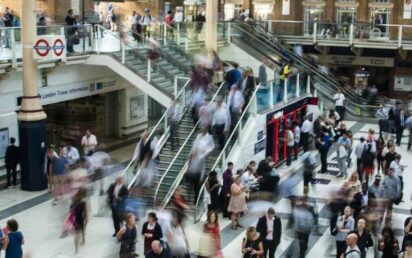Deserted streets and empty offices are just one impact of the global coronavirus crisis. The pandemic has significantly affected all manner of economic activity and there is now a desperate urgency to start transitioning out of lockdown in the safest way possible.
Social distancing and the wearing of masks are amongst measures that are set to become critical elements of our ‘new normal’ post-pandemic lives. Yet implementing, and monitoring these measures is not straightforward as authorities – and now businesses – have discovered over recent weeks. The latest advances in artificial intelligence, however, can help us navigate this transition.
Rise of Deep Visual Reasoning
The rapidly developing domain of artificial intelligence is transforming business at all levels. Within that, machine vision capabilities have reached new heights, with algorithms able to identify objects and people in images with near-absolute accuracy.
However, with the rapid proliferation of video content, both online and offline, there is a growing need to go beyond simple object detection and recognition in order to automatically discern and understand human behaviour and events in footage. Yet true context-aware understanding of video has, so far, eluded us, remaining a largely manual process.
The evolution of Deep Visual Reasoning is set to change this. As a cutting edge development in computer vision AI, this technology empowers machines to reason over events and behaviours in video in a near-human way. This in turn enables rich, semantic and nuanced analysis that offers actionable insight into what is happening and their potential implications.
Unlike conventional machine learning approaches that operate as a ‘black box’, this technology falls within the ‘Explainable AI’ paradigm, offering full transparency into the underlying reasoning of the algorithm.
This then allows for full accountability and avoids potential biases that might arise. The technology also requires far less training than existing data-hungry methods, making it better suited to complex real-world situations that it has not necessarily come across before.
Deep Visual Reasoning is a potentially transformative breakthrough in machine vision AI. It allows contextual and situational understanding of human behaviour and events in video.
As we adapt to whole new societal behaviours in these strange pandemic times, such insight can be a matter of survival. The question isn’t whether or not Deep Visual Reasoning is useful; rather, it is how can businesses and other stakeholders utilise it to improve operations, or gain new critical insights from their data, as we transition to our ‘new normal’.
Gathering Actionable Insights
From the discovery of antiviral drugs or vaccines, to forecasting infection rates and mining social media data to better estimate symptoms, machine learning and artificial intelligence are being put to use in the fight against COVID-19 on an unprecedented scale.
Now, data driven insights from Deep Visual Reasoning can help provide the understanding we need to effectively monitor and track levels of compliance with social distancing and donning of face coverings.
For businesses and retail, it can be part of the solution to regain consumer confidence, whilst maintaining a safe work environment for staff. For the authorities, this can aid the assessment of policy efficacy, planning and enforcement. For the wider public, such insight can inform when and where they choose to go out to shop or exercise.
Creating a Paradigm Shift
By putting near-human reasoning at the centre of the system, Deep Visual Reasoning represents a paradigm shift to an accountable form of artificial intelligence. The machine vision technology is built to enable the system to reason over, and justify decisions. This ensures that the data used is collected, created, and managed in a fair and transparent manner, minimising bias and enforcing privacy and security.
Overall, Deep Visual Reasoning goes beyond simple object detection and image recognition, to gain richer insight into what is happening and what the potential implications might be.
By analysing and predicting the macro behaviour of people and crowds, it will ensure the preventive measures are effective and aid a smooth transition to our ‘new normal’. Built for real-world applications, Deep Visual Reasoning looks set to bridge the gap between data, artificial intelligence and human intelligence in new and groundbreaking ways.


